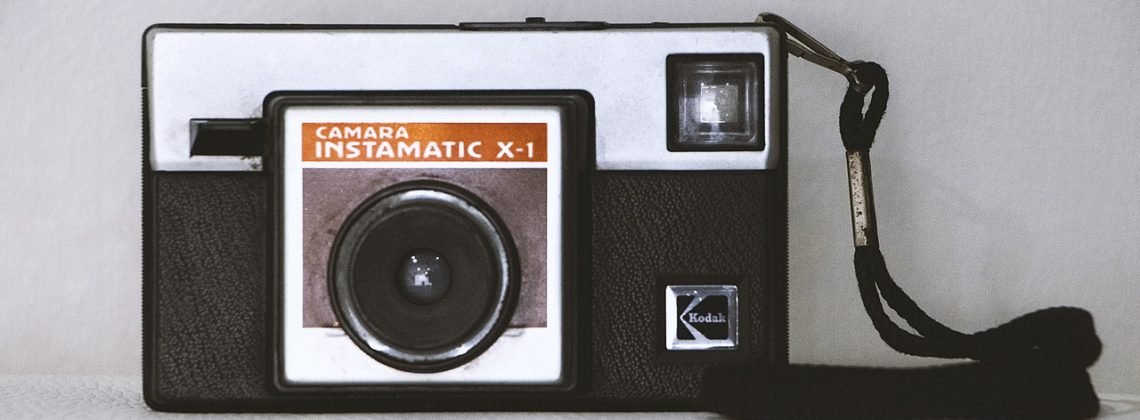

The once great photography company is now in the pharmaceuticals business. Here is a taste of Kaitlyn Tiffany’s piece at The Atlantic:
In 1993, the year I was born, the blood was in the water. Kodak replaced Whitmore—who had not been cutting costs quickly enough—with a former head of Motorola, George Fisher, the first person to lead the company who hadn’t lived most of a lifetime in Rochester. The company laid off 10,000 people in Fisher’s first three years. Then it laid off another 10,000. As consumers moved beyond film photography and started to favor digital, Kodak was slow to adapt. Back in 1989, Steve Sasson had shown Kodak’s management a version of the digital camera he and other Kodak researchers had spent 15 years perfecting, and management had turned him down flat. “That’s when I kind of got frustrated,” he told me. “If we could do it, other people could do it. But Kodak was reluctant. You could never project a financial business model that was superior to photographic film.” So, by 1993, Kodak had spent $5 billion on digital-imaging research, yet that year it only reluctantly entered the digital-camera race—neck and neck with competitors like Sony, Canon, and Olympus, not miles ahead, as it could have been. And it failed to rearrange its business model to make the new cameras profitable. In 1997, Fisher was trying to push the company to succeed in digital while still placating its internal old guard and insisting that “electronic imaging will not cannibalize film.” In 2001, according to a Harvard case study, Kodak was losing $60 on each digital camera it sold.
Read the entire piece here.